ג וַיִּתְפָּֽרְקוּ֙ כָּל־הָעָ֔ם אֶת־נִזְמֵ֥י הַזָּהָ֖ב אֲשֶׁ֣ר בְּאָזְנֵיהֶ֑ם וַיָּבִ֖יאוּ אֶל־אַֽהֲרֹֽן:
ד וַיִּקַּ֣ח מִיָּדָ֗ם וַיָּ֤צַר אֹתוֹ֙ בַּחֶ֔רֶט וַיַּֽעֲשֵׂ֖הוּ עֵ֣גֶל מַסֵּכָ֑ה וַיֹּ֣אמְר֔וּ אֵ֤לֶּה אֱלֹהֶ֨יךָ֙ יִשְׂרָאֵ֔ל אֲשֶׁ֥ר הֶֽעֱל֖וּךָ מֵאֶ֥רֶץ מִצְרָֽיִם:
All the people pulled off the golden earrings from their ears and brought them to Aharon. He took all of it from them, and with an engraving tool formed it and made a molten calf. (Shemot 32:3-4)
“Even the regular partygoers rubbed their eyes in disbelief when they arrived at the wild party that took place . . .”
Took place where? When?
“. . . On Shabbat in Eilat: Hundreds of youths celebrated with Ecstasy around a golden calf. ‘It caused us to feel like idol worshipers.’ The producers did not know what shocked us: ‘This is not a calf at all, but a bull with a pierced nose.’ ” (Yehudit Zilberstein and Assaf Gur)
That’s right. It happened in Eilat, Israel toward the end of January, 2004. The week before the bus blast that killed 18 people, just around the corner from the Prime Minister’s house. The article from the Israeli newspaper, Ma’ariv, continued:
“Around the golden calf that was set in the wilderness were gathered hundreds of celebrators. They bowed and danced as drunkards and waved their hands in ecstasy. The strange scene being portrayed here, a duplicate of the Biblical event that brought about the breaking of the Luchot HaBrit – (Tablets of the Covenant) occurred this last weekend in the wadi by the Nasichah Hotel in Eilat. This time, however, the event concluded with only a number of shocked participants and loads of criticism. This public celebration began Friday in the stylish halls of the Hotel and continued on into the next day in the wadi, was organized jointly by Shimon Shirazi (known event organizer), Itan Salimi (another well-know organizer), and the TLV Club. In addition to the Golden Calf, this wild party also included Drug Queens riding on camels and other provocative performances.”
We can learn something from everyone and everything, but I think this line from the article has far greater historical ramifications and implications than the person who said it knew as he was saying it:
“‘When I saw the calf that was set up on the central stage, I stopped dancing!’ one of the party-goers told me yesterday, ‘I was simply disgusted. I am not traditional, but the organizers stepped over a red line. This statue made us appear like idol worshipers. What, I’m already no longer a Jew?'”
When I read that line, I was amazed. Still suffering from shell shock about the incident, the words of this person who had driven all the way down from Tel Aviv to have the time of his life, Ecstasy and all, and then simply got back into his car and drove right back to Tel Aviv mid-party because of the offense he took to the calf – a burst of light in a cloud of utter darkness.
“The celebrants divided into two groups. ‘There were many there who had large quantities of alcohol and drugs, and they became greatly aroused by the sparkling calf, and they began to dance around it, saying that they were like the Jewish people who sinned in the desert. But there was also another large group that shook from the entire episode, and they approached the organizers and asked that the idol be removed immediately,’ said one of those who were there.”
And what was the organizer’s response to their request?
“‘Suddenly people who break Shabbat keep tradition? That’s ridiculous!’ The producers then told the partygoers that had turned to them, ‘Anyone who doesn’t like it is not obligated to stay!'”
Unbelievable. In this day and age, and in Eretz Yisroel, in Eretz HaKadosh, in the desert and so close to the place of the original incident in this week’s parshah, the incident for which we are still paying. And not only close in location, but close to the way it was first carried out:
ו וַיַּשְׁכִּ֨ימוּ֙ מִמָּֽחֳרָ֔ת וַיַּֽעֲל֣וּ עֹלֹ֔ת וַיַּגִּ֖שׁוּ שְׁלָמִ֑ים וַיֵּ֤שֶׁב הָעָם֙ לֶֽאֱכֹ֣ל וְשָׁת֔וֹ וַיָּקֻ֖מוּ לְצַחֵֽק:
They got up early the next day and brought burnt-offerings and peace-offerings. The people sat down to eat and to drink, and were licentious. (Shemot 32:6)
Of course, there must have been differences. For one, the golden calf of Moshe Rabbeinu’s time was at the base of Har Sinai, where the Jews who had miraculously left Egypt had heard G-d Himself speak, and they had replied, “We will do and we will understand!” (Shemot 24:7). These were just wayward kids and young adults whose exposure to Torah was either nil or non-existent.
Only G-d can decide who is guilty and how much. But what I find amazing is that the conclusion to each event is the same: separation, or what the Kabbalists call birrur. For, after Moshe destroyed the golden calf of his time, he then turned to Klal Yisroel and demanded:
כו וַיַּֽעֲמֹ֤ד משֶׁה֙ בְּשַׁ֣עַר הַמַּֽחֲנֶ֔ה וַיֹּ֕אמֶר מִ֥י לַֽיהֹוָ֖ה אֵלָ֑י וַיֵּאָֽסְפ֥וּ אֵלָ֖יו כָּל־בְּנֵ֥י לֵוִֽי:
“Whoever is for G-d, join me!” (Shemot 32:26)
A crisis. A choice. A moment of truth. Something has occurred, and it means something to me. What? In which direction does it send me? Back to party with others around the golden calf, or back home to Hashem? The choice is ours.
Editor’s Update, 2024:
Almost 20 years later, we face an even greater crisis and moment of truth. The Supernova music festival took place in Kibbutz Re’im. The Simchat Torah massacre happened there and in nearby kibbutzim. The horrific scenes have forced all of us to face a moment of truth. Do we continue with our lives as usual, or do we return to Hashem? Thousands of Jews subsequently made teshuvah and the movement is growing.
***
Pinchas Winston is the author of over 95 books on various topics that deal with current issues from a traditional Jewish perspective. He has also written on the weekly Torah reading since 1993, called “Perceptions,” as well as on current topics and trends affecting Jewish history, past and present. One of his missions is to make the depth and beauty of the more mystical teachings of Torah understandable and accessible to those who can really benefit from them. Visit his website at thirtysix.org.
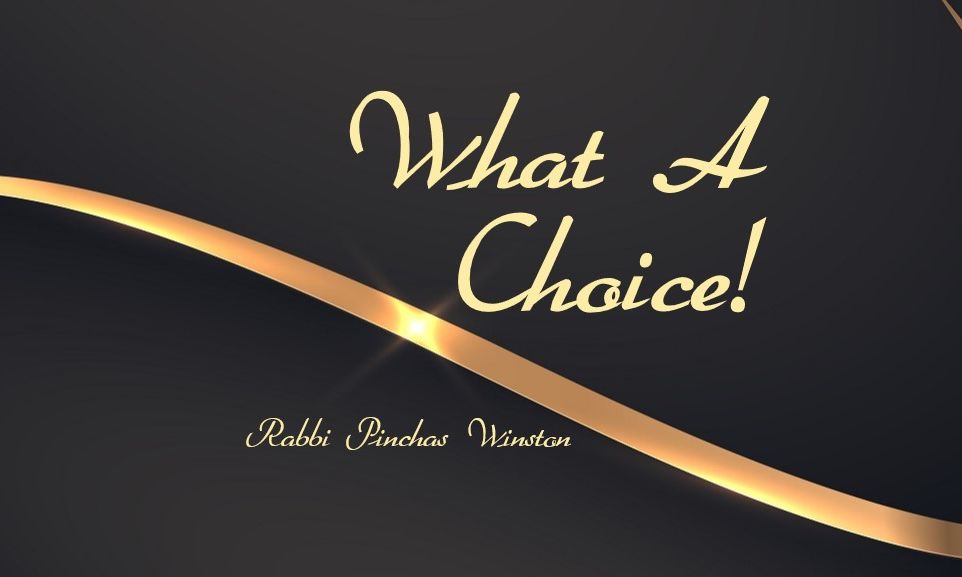



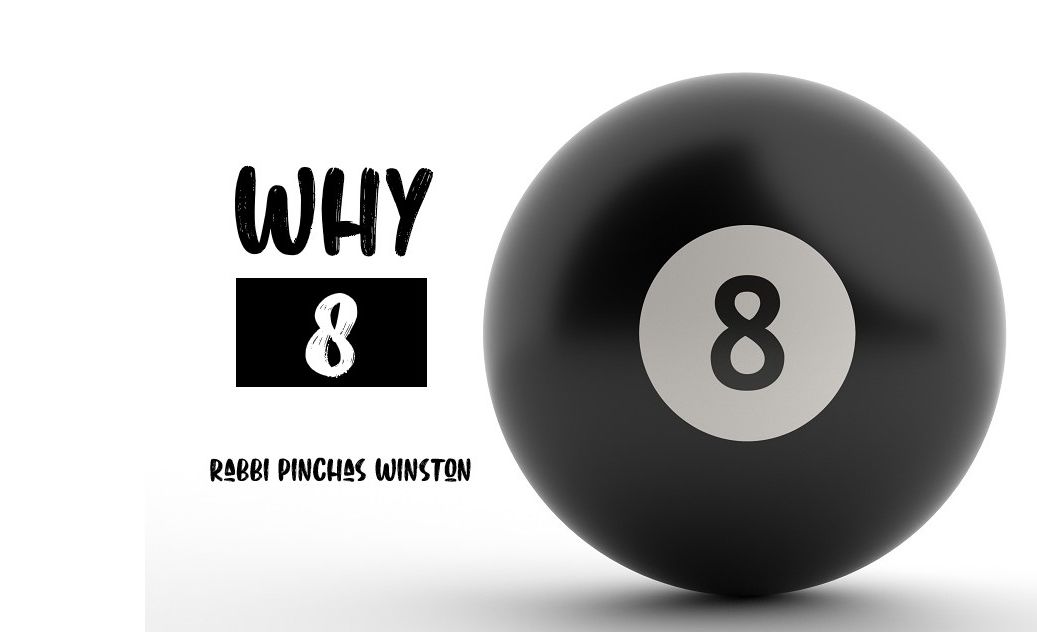
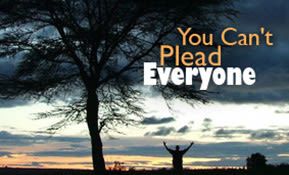
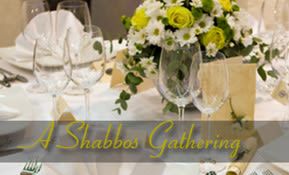
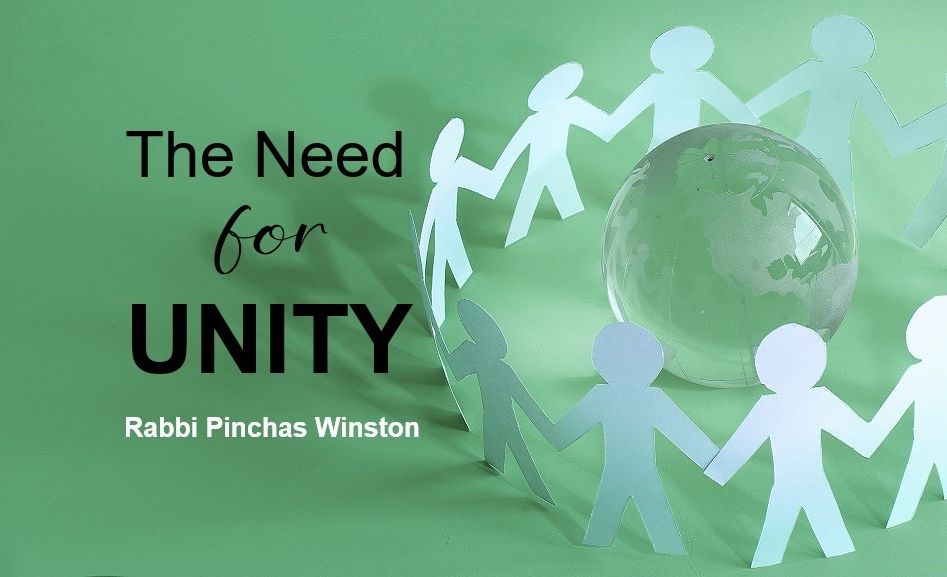
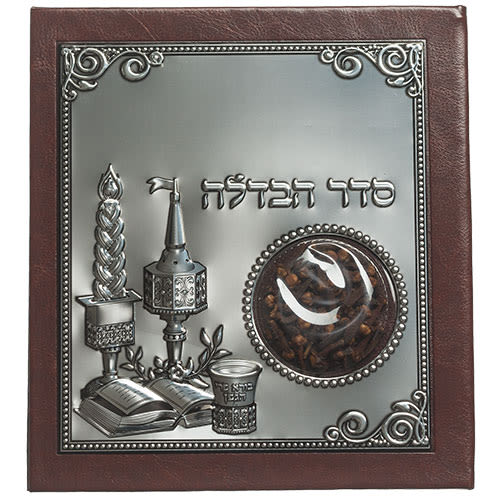
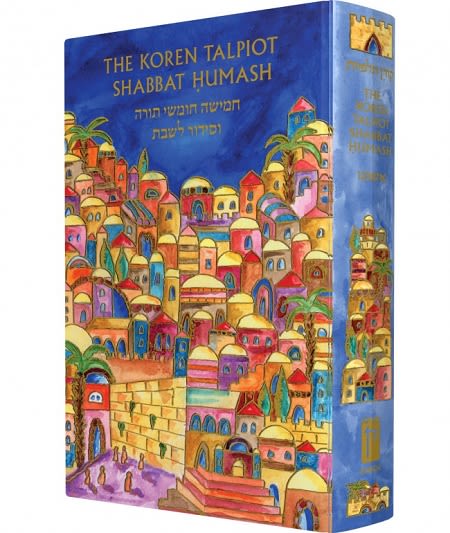
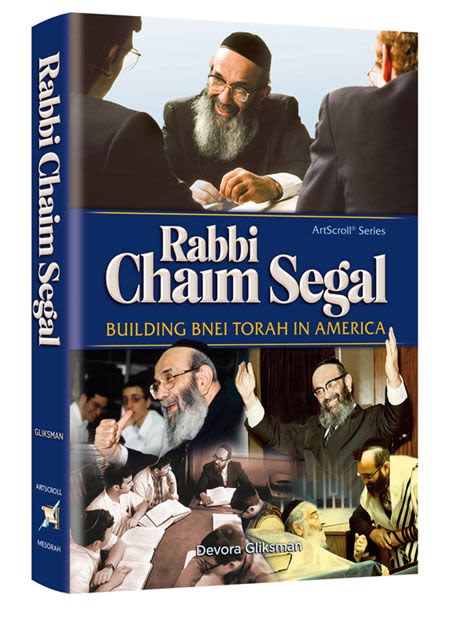
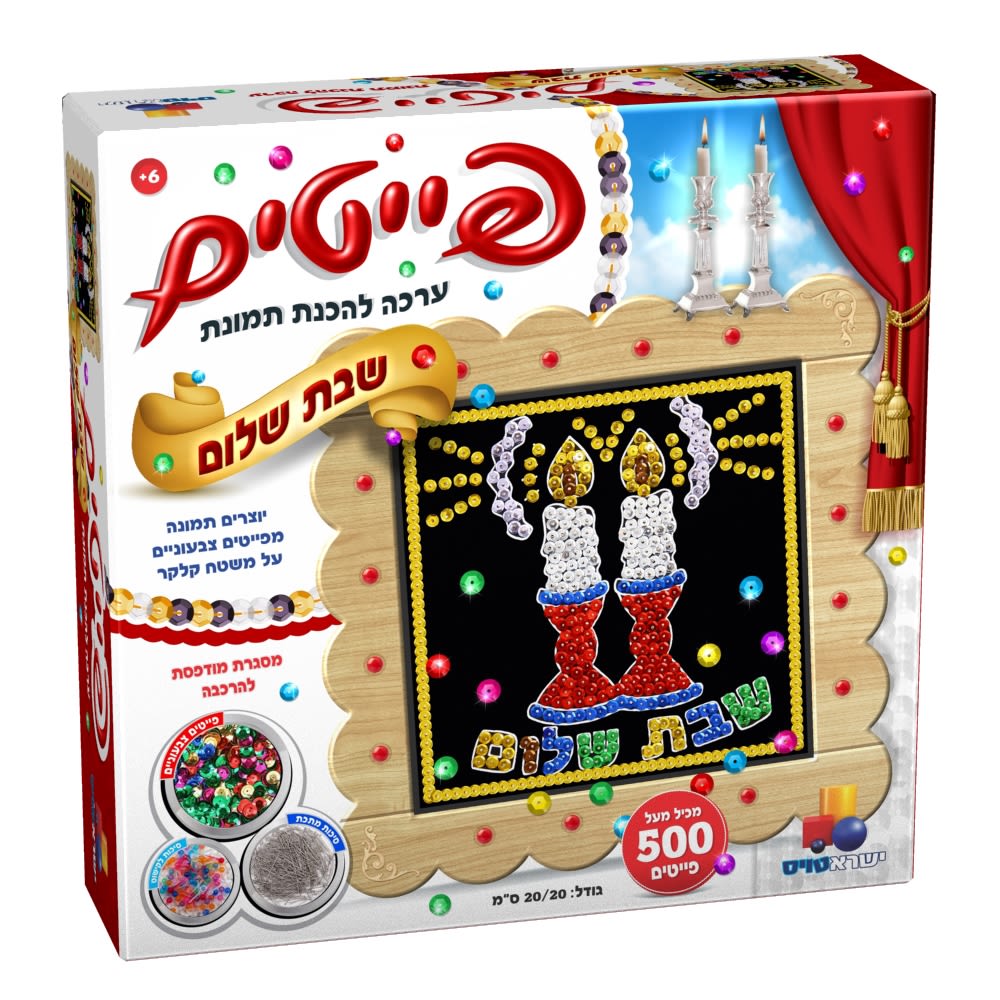

Tell us what you think!
Thank you for your comment!
It will be published after approval by the Editor.